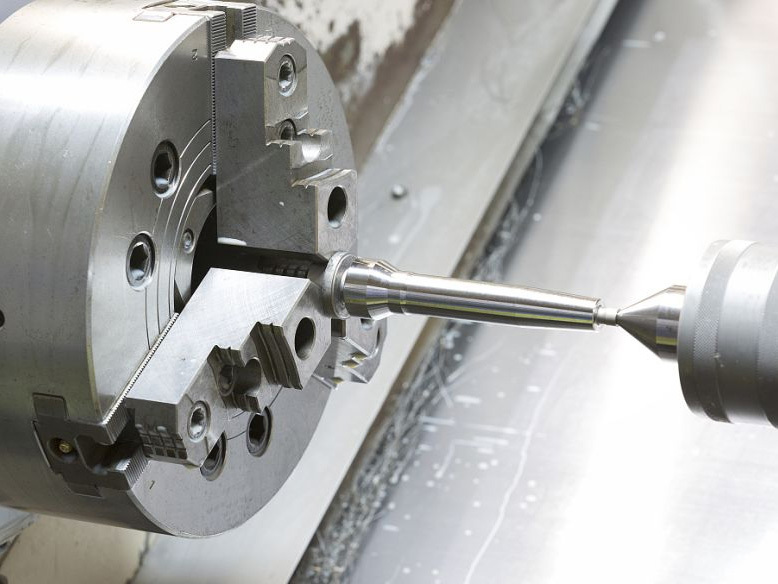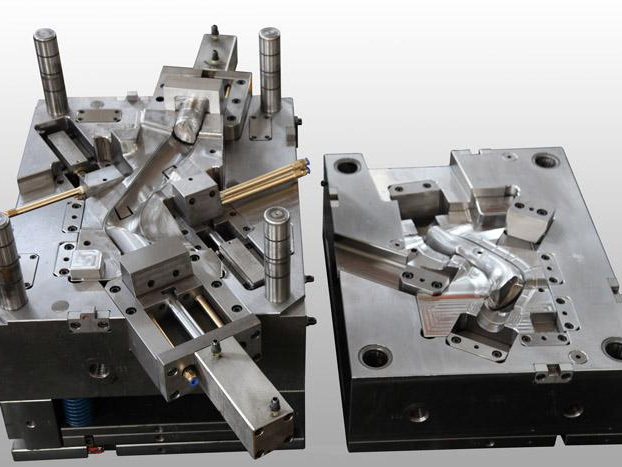What are the mold processing techniques available
Release time:
2023-12-29
Mold processing technology is an important process widely used in the manufacturing industry, and it plays a crucial role in various industries. The mold processing technology involves processing and deforming raw materials through a series of processes to ultimately produce products that meet design requirements.
Mold processing technology is an important process widely used in the manufacturing industry, and it plays a crucial role in various industries. The mold processing technology involves processing and deforming raw materials through a series of processes to ultimately produce products that meet design requirements. This article will introduce the basic concepts, main classifications, and common processing methods of mold processing technology.
Mold processing technology is a complex and precise manufacturing process that requires comprehensive consideration of material properties, hole design, processing equipment, and processing technology. Firstly, let's understand the basic concepts of mold processing technology. Mold processing technology refers to the process of cutting, forming, and opening holes on raw materials through molds according to product design requirements. Mold processing technology can be divided into two categories: cold processing and hot processing. Cold working is mainly used for processing metal materials, including casting, forging, sheet metal processing, etc; Hot processing is mainly used for processing non-metallic materials, such as plastics, rubber, etc.
In mold processing technology, common processing methods include milling, turning, drilling, grinding, etc. Milling is a machining method that involves rotating a tool onto a workpiece to achieve the desired shape. Turning is a machining method that involves fixing the workpiece on the spindle and rotating it while moving the tool to cut the workpiece. Drilling is achieved by rotating the tool and feeding it along the axis direction towards the workpiece to obtain the required diameter and depth of the hole. Grinding is the precise grinding of the surface of a workpiece by applying relative motion between the workpiece and the abrasive tool.
In addition to these common processing methods, there are also some special processing techniques widely used in mold processing. For example, electrical discharge machining is a machining method that utilizes discharge phenomena in metal materials. It applies high voltage between the workpiece and the electrode, causing it to undergo electrical discharge, in order to cut, groove, drill holes, etc. on the workpiece. Laser processing is the use of high-energy laser beams to process workpieces, which has advantages such as non-contact, high precision, and high speed. In addition, there are various processing methods available, such as electrochemical machining and spray machining.
In addition, there are some aspects that need special attention in the mold processing technology. For example, the design and manufacturing of molds are important links in mold processing technology, which directly affects the quality of products and processing efficiency. At the same time, it is necessary to strictly follow the processing technology regulations during mold processing to ensure that each step meets the requirements. In addition, during the mold processing, it is necessary to continuously check and adjust the processing parameters of each process to improve processing accuracy and efficiency.
In summary, mold processing technology is a complex and critical manufacturing process. It converts raw materials into products that meet design requirements through a series of processing methods such as cutting, forming, and drilling. The mold processing technology involves a wide and complex range, requiring comprehensive consideration of various factors such as material characteristics, hole design, processing equipment, and processing technology. Only by applying mold processing technology reasonably can efficient, accurate, and stable production be achieved.
Keywords:







